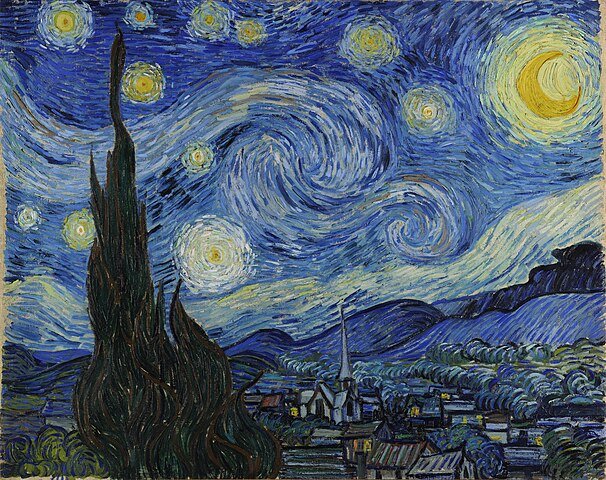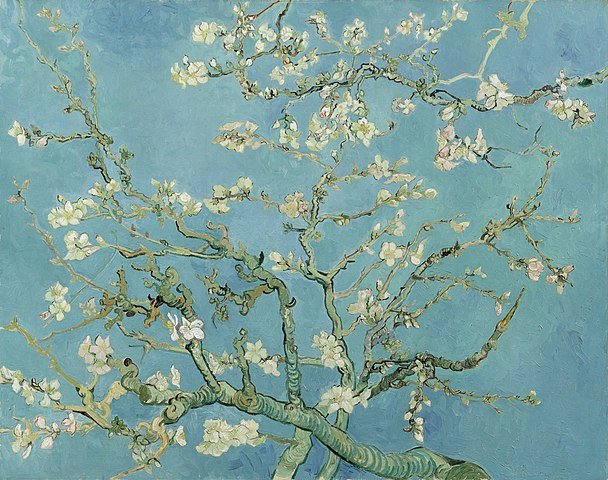Vincent van Gogh is one of the most renowned and influential artists in art history. His works are not just aesthetically beautiful but also deeply emotional, reflecting his inner world. Van Gogh’s craftsmanship and artistic techniques are what set him apart, creating masterpieces that continue to resonate with audiences worldwide. In this post, we’ll dive into the creative process behind van Gogh’s artwork and explore the unique brushstrokes that define his iconic style.

Van Gogh’s Craftsmanship
To truly understand van Gogh’s art, we need to take a closer look at his craftsmanship. His brushstrokes and the colors he chose were not just techniques—they were an extension of his emotional expression. Van Gogh’s most famous works are a result of his dedication to his craft, his unique vision, and his ability to convey deep emotion through the simplest tools.


He was known for his thick, expressive brushstrokes that brought a dynamic energy to his paintings. These bold strokes are not just technical choices but a reflection of his inner turmoil and passion. In works like “Sunflowers,” van Gogh used thick layers of paint to create texture, making each flower almost leap off the canvas. The strokes give life to his subjects, making them feel vibrant and full of energy.
“For my part I know nothing with any certainty, but the sight of the stars makes me dream.”
Vincent Van Gogh
Brushwork Technique and Its Impact: Van Gogh’s brushwork was distinctive and unlike that of many of his contemporaries. His energetic, swirling strokes convey emotion and movement, transforming static scenes into living, breathing moments. In his famous painting “Starry Night,” for example, the swirling strokes of the sky are full of tension and motion, reflecting his own state of mind at the time. This technique was one of the key elements that made his art feel so visceral and alive.
His brushstrokes were never just about the depiction of objects—they were about capturing the essence of what he felt in the moment. This is evident in works like “The Bedroom,” where the bold strokes of color and simple forms create a sense of calm yet heightened emotional intensity. Van Gogh’s ability to use brushstrokes to tell a story was groundbreaking and revolutionary.
Color Selection and Creative Vision: Van Gogh’s use of color was another hallmark of his artistic craft. Rather than relying on realism, he used color as a tool to express his emotions. His palette was often vivid and intense, with each color chosen to evoke specific feelings. For instance, in “The Night Café,” the fiery reds and greens convey a sense of unease and anxiety, reflecting van Gogh’s perception of the space. In contrast, the bright yellows of “Sunflowers” radiate warmth, life, and optimism.
Van Gogh didn’t just paint what he saw; he painted what he felt. His use of color was an essential part of his creative process, allowing him to transcend mere representation and reach into the emotional core of his subjects.
Van Gogh’s Artwork and His Inner World: Van Gogh’s artworks are not merely visual representations; they are windows into his psyche. His intense brushwork, along with his bold use of color, speaks volumes about his emotional and mental state. Each painting serves as a reflection of his ongoing battle with depression and his longing for connection. At the same time, they also reveal his profound connection to the world around him.
In “Starry Night,” for instance, the swirling sky represents van Gogh’s emotional turmoil, while the cypress trees grounded below offer a sense of permanence and connection to the earth. These contrasting elements mirror his own internal struggles and search for meaning in a world that often felt distant and cold.
Conclusion: Vincent van Gogh’s craftsmanship goes beyond technique—it’s a powerful means of self-expression. His brushstrokes and color choices speak to his emotional depth and creative genius. Van Gogh’s ability to transform simple materials into profound expressions of his inner world set him apart as one of the greatest artists in history. His work continues to inspire and move audiences around the world, offering a timeless reminder of the power of art to reflect the complexities of the human soul.

